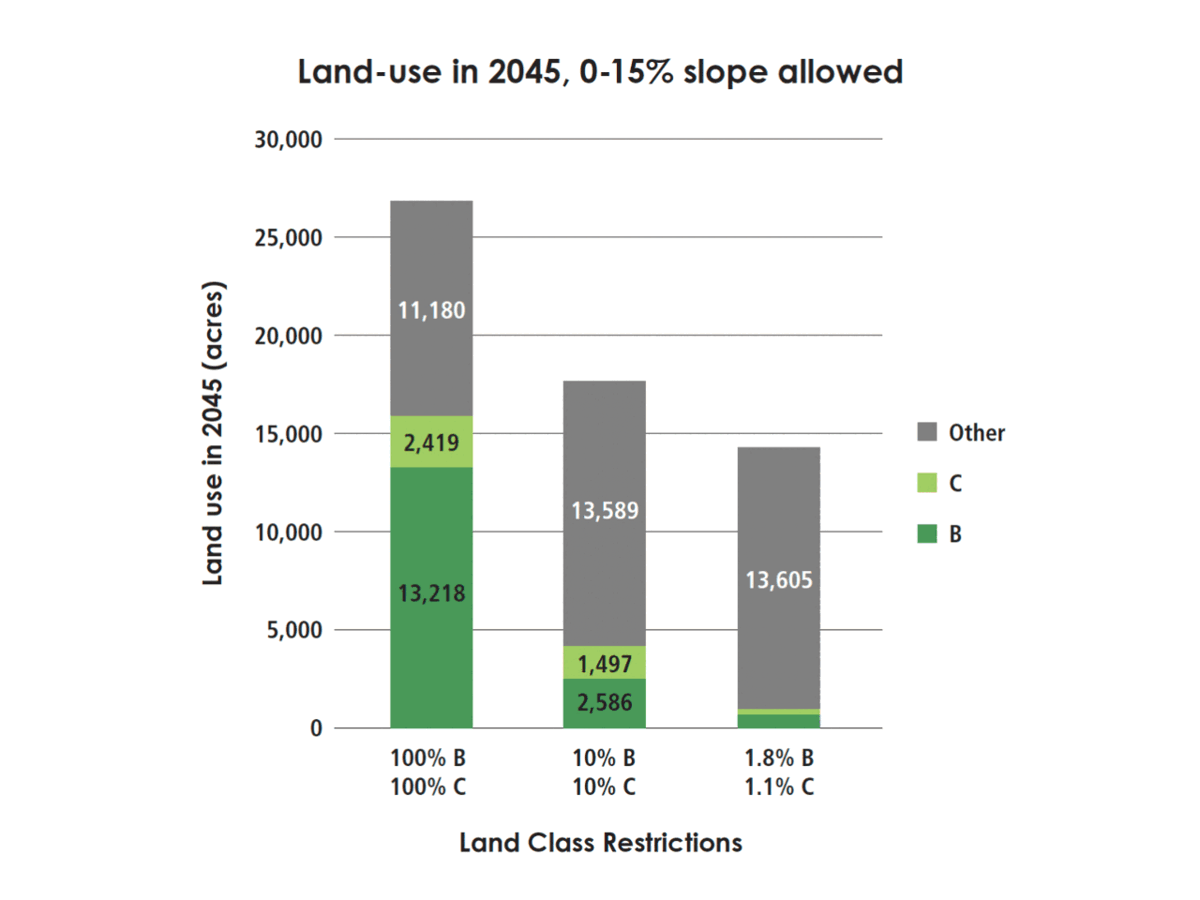White Paper: SWITCHing the paradigm
Cross-Sector
Dr. Matthias Fripp
Renewable Energy, Local Food Production
Why We Invested
To understand the tradeoffs and benefits associated with adding more renewable energy to Oahu’s electric system and the potential impact on agricultural lands
To better understand the impact on agricultural lands when adding more renewable energy onto Oahu’s electric system, Ulupono Initiative contracted with Dr. Matthias Fripp, associate professor of electrical engineering at the University of Hawaii at Manoa, to conduct an independent analysis utilizing an electricity system planning model called SWITCH (Solar and Wind Energy Integrated with Transmission and Conventional Sources) to evaluate how different land-use assumptions would affect land availability, total electric generation costs, and the overall design of the electric system on Oahu.
Summarized in SWITCHing the paradigm, a white paper by Ulupono Initiative, the analysis offers a starting point to continue a collective inquiry about the choices to best achieve two of Hawaii’s most important sustainability goals — doubling local food production by 2030 and producing 100% of the state's electricity with renewable energy by 2045.
Findings from this SWITCH analysis reveal:
- If no further actions are taken to protect Class B and C agricultural lands, Oahu is likely to lose 50% of Class B and 15-20% of Class C agricultural lands to solar development.
- If more restrictive land-use limits for Class B and C agricultural lands are enforced, this choice will likely require an earlier transition to a renewable energy future that could include resources such as, offshore wind and biofuels, that are presently more costly than available renewable energy technologies.
- If solar PV is developed on higher-sloped lands, regardless of the land-use scenario limit applied, it will result in a lower-cost resource plan, despite the increase in individual solar project development costs.
- The electricity production cost difference between the Unrestricted Use and Current Use scenarios is 1.1 cents per kWh at <15% slope. At <20% slope, the difference is only 0.6 cents per kWh.
- If solar PV is developed on higher-sloped lands, most of the lower-sloped (flatter) Class B and C agricultural lands can be protected and may result in a lower overall cost for ratepayers.
White Paper: SWITCHing the paradigm
Downloads
- White Paper: SWITCHing the paradigm
- SWITCH analysis spreadsheets, updated October 2021


